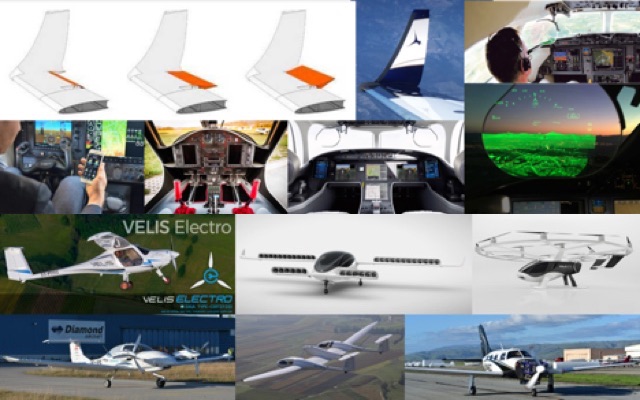What is General Aviation?
General Aviation (GA) is defined by the International Civil Aviation Organisation (ICAO) as “all civil aviation operations other than scheduled air services and non-scheduled air transport operations for remuneration or hire”. General Aviation aircraft account for 95% of Europe’s civil certified aircraft fleet, and covers a diverse range of activities including:
Pilot training
Business Aviation
Civil search and rescue
Emergency medical services
Law enforcement and fire fighting
Monitoring ground traffic movements from the air
News gathering
Aerial photography
Aerial survey work
Agriculture, including crop spray
Recreationnal flights and Air Sports
Sightseeing or air tours
Why is General Aviation important to Europe?
€ 6.6 bn
European-Manufactured General Aviation Shipments
778
Aeroplanes
467
Helicopters
24%
of the world’s General Aviation aircraft are manufactured in Europe
2/3
Two thirds of European manufactured aircraft are exported
65.000
Highly skilled jobs directly employed by GAMA member companies in Europe
+100.000
The wider General Aviation industry in Europe supports hundreds of thousands of jobs
GA
GA is a key component of European mobility, connecting businesses, SME’s, communities and providing vital services, as shown during pandemic.
Sustainable
General Aviation plays strategic role in the future of sustainable air mobility as new technologies are developed in GA before being scaled up.

General Aviation – The Route to Decarbonising Aviation
In addition to its diverse contributions to society outlined above, General Aviation has long been the cradle of innovation for the aviation industry.
From improving performance of propulsion systems, such as unleaded piston engines, ultra-efficient turbine engines and novel propulsion technologies as well as the use of Sustainable Aviation Fuels, General Aviation is leading aviation’s decarbonisation efforts. Electric, hybrid-electric and hydrogen (fuel cell or liquid hydrogen) powered aircraft are being developed and in some cases already in production for the General Aviation market. Over time, as these technologies are matured through experience within General Aviation, they will be scaled up to larger passenger transport aircraft.
The same is true for autonomous flight and the rapidly developing Urban/Regional Air Mobility and electric Vertical Take-off and Landing (eVTOL) aircraft. This new form of personal transportation offers immense potential in terms of delivering the European Commission’s goal of sustainable and smart mobility and transport, notwithstanding significant economic benefits to Europe.

